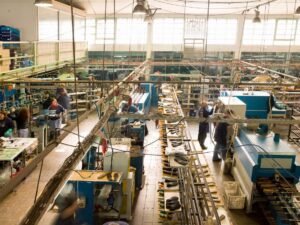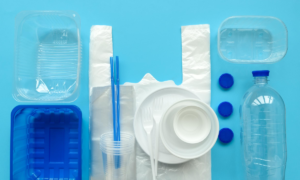- Policy
- Single-use Plastic
- National
- International
McGill researchers develop compostable straw that feels like plastic
Researchers, including some from McGill University, have developed a drinking straw made of cellulose, the building block of trees and plants, which could be a big step in the race to replace plastic straws. Cellulose is a renewable material and doesn’t take like wet paper, they say.
The organic material, called Cellophax, could be used in a variety of other single-use products, like grocery bags.
More and more places have banned single-use plastic like drinking straws, and the federal government wants to ban them as of 2021. Reusable straws made of glass, metal and bamboo are already on the market, but demand still exists for single-use straws in restaurants, hospitals and senior’s residences.
The Cellophax straws look and feel like plastic, hold their form when wet, but most importantly are made of renewable and recyclable material. Cellulose can be collected from recycled paper, agricultural waste, or through byproducts of vegetable and grain production. Once it’s used, a cellulose-based straw can be recycled and made into other straws, or can be composted. In an experiment, a straw buried in the ground disintegrated within 3 months.
The challenge for researchers is to have a factory that can produce these straws in large enough quantities to be commercialized, but they believe their process is viable.
Read the full and original article at MontrealGazette.com



